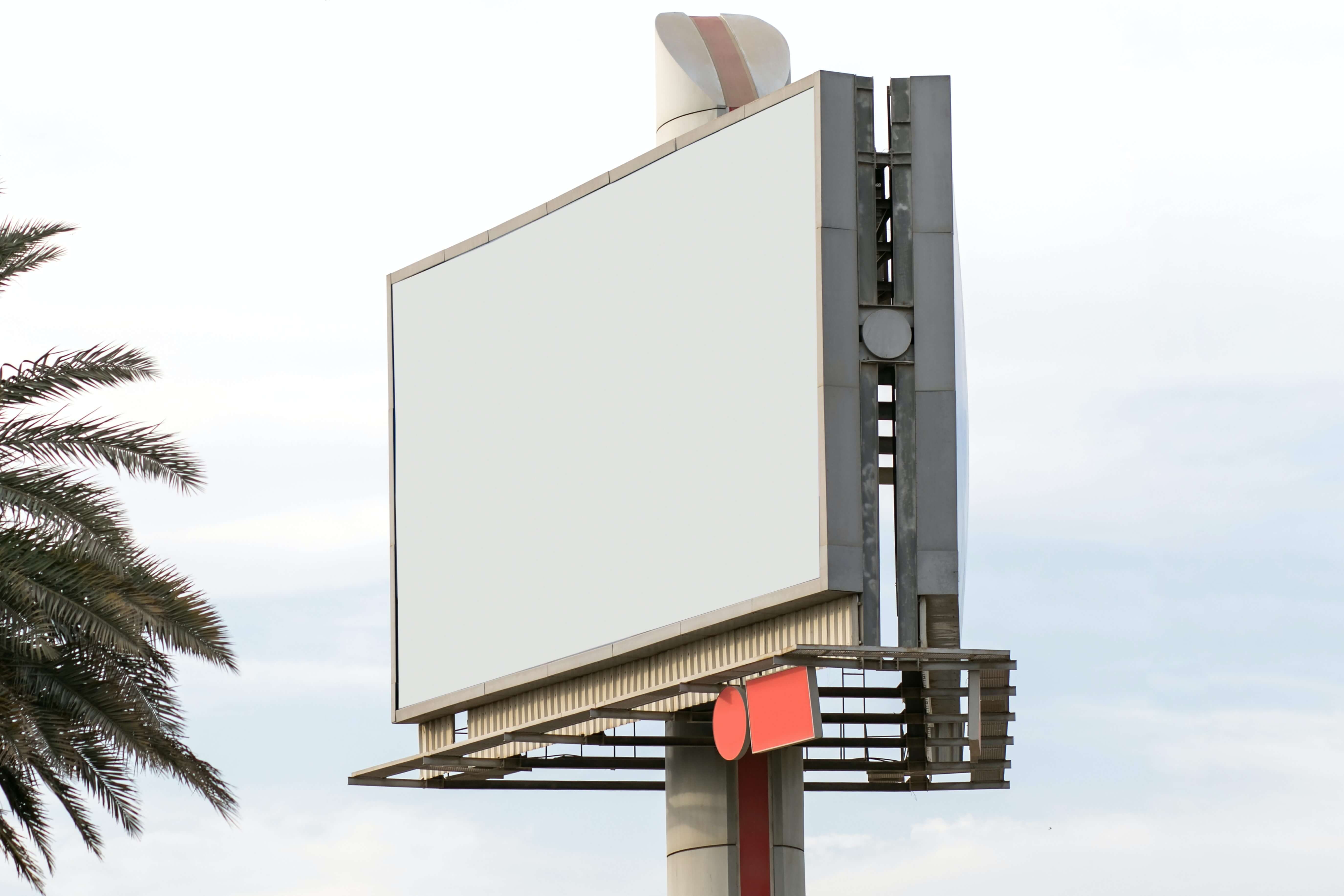Google Ads are keyword ads. It is a paid campaign where you bid on a keyword: hotel or apartment. You write an advertising copy and link the ad to a website’s page. They are shown in the “ad box” at the top of the Google search result page.
After the “Business & Audience” stage of a new campaign, Google suggests a ready-made ad copy based on the website information.
This is what this step is going to look like:
If you ever search for a hotel in your area, you will discover that your competitors are bidding on similar keywords and their ads look more or less the same. It is easy to get your ad lost among them. In this post, we will focus on the Google Ads copy to make your ad stand out.
- The basic structure of a Google text ad.
- How to use keywords in Google Ads copy.
- How to write headlines and descriptions of Google Ads.
- What a URL in Google Ads should look like.
- How to write a call to action for Google Ads.
- What landing page an ad should lead to.
The basic structure of a Google text ad
There are three parts of a Google Ad:
- Headline text. There can be up to 3, 30 characters per headline. All three are displayed next to each other and split by a hyphen.
- Display URL.
- Description text. There can be up to 2, each one of max. 90 characters.
To make the ad copy logical, consider the “Problem - Solution” flow:
- You have a problem.
- I have the best solution.
- Complete the action to get it.
How to use keywords in Google Ads copy
The best practice of writing ad copy is to mirror the searcher’s query. Imagine that you’re searching for something. What do you google? Most probably, it is [what you look for] + [location]. These are keywords. If your ad echoes the search query, users quickly realize that your hotel is what they need.
When adding keywords, mind that an ad consisting of keywords only will not do you any good. Ads like this do not offer any value for users. You will get leads only if you accurately describe the benefits guests get choosing your hotel.
How to write headlines and descriptions of Google Ads
The ad should indicate some problem of a user and solve it. Repeating or rephrasing the headline in the description breaks the flow and does not explain why your deal is the best.
Let’s compare two ads for the same hotel:
The second option uses description space to provide more details of value. This kind of unique ad copy drives more traffic to the website.
Let’s list six more strategies for writing a copy to stand out from competitors.
1. Stating the goal, not a problem
Do not waste headline space for something both you and potential clients know. Instead, give the solution that they are searching for.
2. Providing promos and discounts
Another formula is a [Keyword] (“Hotel”) + [Incentive] (“40% off”)+ [Overcoming objections] (“No cancellation fee”).
3. Setting countdown timers
Trigger the guests’ fear of missing out. Google Ads has added a countdown timer setting to be inserted in the ad copy.
This strategy is best to combine with the previous one. When you write about a special offer and set a date and time when it expires, users see the countdown in real-time and get more motivated to book.
4. Being specific
Numbers make an ad more credible and accurate. Avoid round numbers in favor of the exact ones to achieve a better ad performance.
5. Focusing on a guest
Try to replace phrases with “we” or “us” with the “you” pronoun. When users have a problem, they want to know what there is for them. To increase your chances for a click, include “you” in a headline or the first description.
6. Foreseeing objections
Before writing the ad copy, think of what can stop users from booking your hotel. The headline formula is [Keyword] + No [Objection].
Let’s say you are running an ad in the post-pandemic era when tourists can never be sure they will check in. Then they ask themselves questions like: “Will I get my money back if there are travel restrictions or I get Covid? ”.
Write a headline that would persuade them to book:
What a URL in Google Ads should look like
The display URL is the website domain name above a headline. By looking at it, users understand wh ere the ad will take them to. A clear display URL makes the offer look more credible, as it gives viewers the idea of what they should expect after clicking.
Queries can be both broad and specific. The copy and the URL should match a search query as much as possible.
To match as many search queries as possible, create both broad and specific ads. Implement different headline formulas to check which one performs best for your target market.
How to write a call to action for Google Ads
When launching an advertising campaign, you want users to take a specific action. If there is no call-to-action in a copy, users will not understand what you expect from them and keep on searching.
Depending on your goal, calls to action can be different. Here are some ideas:
- Book now.
- Click to select a room.
- Don’t miss out on a limited offer.
- Click the link to get 10% off the booking.
What landing page an ad should lead to
With the ad copy, you set certain expectations of what users see on the landing page. It is important not to disappoint them. This is why the landing page should match the ad.
There are 3 points to remember:
- Use the keywords from the ad at the top of the landing page to persuade users that this is the website they searched.
- Put the same call to action on the landing page. If it is not there, you waste the price you pay for a click. If you ask them to “Book now” in the ad, let them book on the webpage they go to when clicking on the display URL.
- Do not promise something you cannot give. For example, the ad says “15% off”. But on the landing page, users find out that there is no such offer.
Key takeaways
- Include keywords, but do not make up the whole ad out of them.
- The landing page in the display URL should match the ad copy.
- When users are searching for something online, in reality, they are looking for solutions to their problems. In the copy, offer your solution.
- A call to action is a must.
If you still struggle to write the ad copy, TravelLine managers can help. We do this within level 3 of the “All in one” comprehensive solution: the set of services and income management.
Learn more about the “All in one” solution













